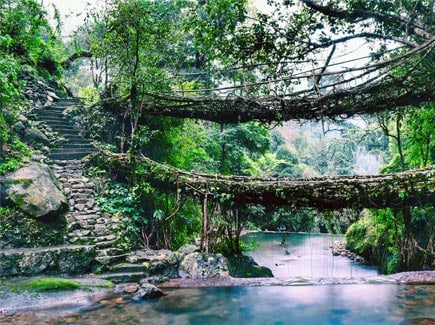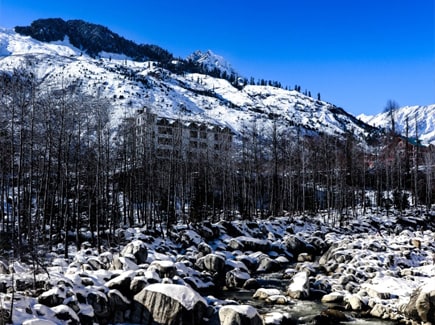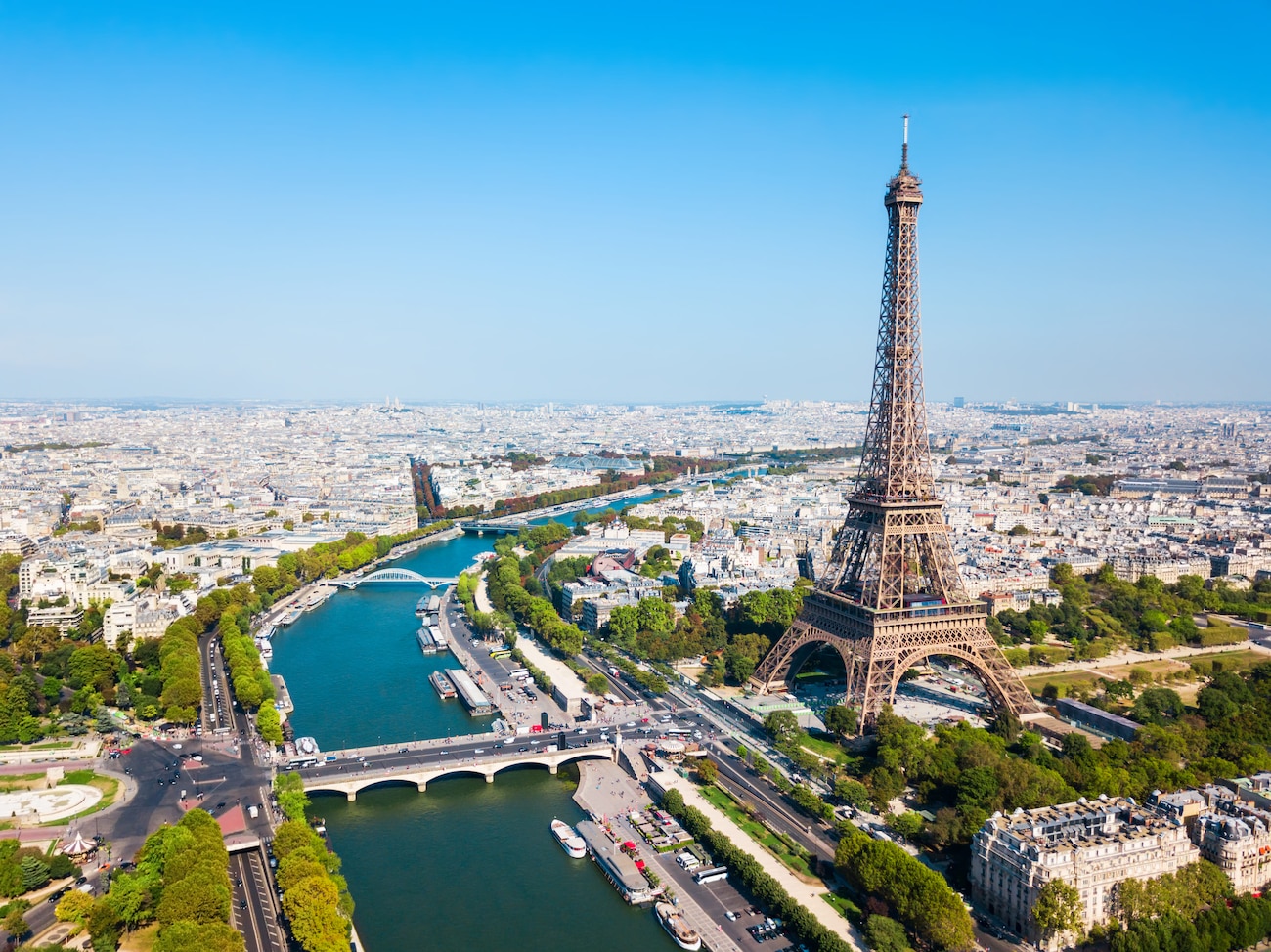Published in the Sunday Gujarat Samachar on 10 March, 2024
Where is the Eiffel Tower? We all know the answer to that, it’s in Paris, France. It’s one of the most iconic landmarks of Paris and every day, thousands of travellers (Veena World included) from all around the world stand in line to visit the iconic 2nd and 3rd levels of the Eiffel Tower every single day. And why not? It’s such an extraordinary piece of engineering and architecture. An emblem of Parisian elegance and French ingenuity, stands not only as a monument to engineering prowess but also as a symbol of love and inspiration across the globe. Since its inauguration in 1889 for the World Expo, the tower has captivated millions, becoming one of the most visited monuments in the world. Its iconic silhouette has inspired a myriad of replicas in various corners of the planet, each telling its own story and bringing a piece of Parisian charm to distant lands. Today, I wanted to delve into the phenomenon of the Eiffel Tower's replicas, uncovering how many there are in the world, their histories, and the unique narratives they hold within their structures. But before that, let’s speak of the original Eiffel Tower first.
Designed by Gustave Eiffel and his team for the 1889 World's Fair, the Eiffel Tower was initially met with skepticism and criticism from some of Paris's leading artists and intellectuals. Yet, it quickly became a monumental success, symbolizing the dawn of the industrial age and France's contributions to modern engineering and architecture. Standing tall at 300 meters (now 324 meters with antennas included), it was the world's tallest man-made structure until the completion of the Chrysler Building in New York in 1930.
Constructed using over 7,300 tons of iron and 2.5 million rivets, the tower was an engineering marvel of its time, demonstrating the possibilities of metal as a building material. Interestingly, the Eiffel Tower was only intended to stand for 20 years, yet it has endured as a testament to timeless design and has become an integral part of the Paris skyline. It serves multiple purposes: a broadcasting tower, a tourist attraction drawing millions annually, and a beacon of cultural pride during French events like Bastille Day, when it's adorned with spectacular fireworks.
The tower's design is not just functional but also aesthetically pleasing, with its lattice structure that plays with light and shadow, making it a photographer's delight. Its three levels, accessible by stairs or elevators, offer breathtaking views of the City of Love, from the Seine River winding through the city to the distant hills of Montmartre. The Eiffel Tower is not just a structure; it's a symbol of creativity, resilience, and the enduring allure of Paris. Now that we have spoken of the original Eiffel Tower, let’s explore the replicas of this magnificent tower around the world.
Our first stop is Las Vegas, USA. In the heart of the Las Vegas Strip stands a half-scale replica of the Eiffel Tower, a centerpiece of the Paris Las Vegas Hotel and Casino. This replica, standing at 165 meters, offers visitors a taste of Parisian flair amidst the neon lights of the famous city of Las Vegas. Its observation deck provides panoramic views of the city, while its restaurant offers dining experiences reminiscent of Paris. Unlike the original, the Vegas Eiffel Tower is illuminated by the vibrant glow of the surrounding casinos, adding a unique twist to its allure.
Next up, is Shenzhen, China. Within the Window of the World theme park in Shenzhen, visitors can find a one-third scale replica of the Eiffel Tower. This park, dedicated to showcasing world landmarks, offers a cultural journey across the globe. The Shenzhen Eiffel Tower serves not only as a popular photo spot but also as a symbol of the global village concept, bringing a piece of European architecture to the heart of China.
The next Eiffel Tower that I want to discuss is also in China, in the city of Hangzhou. Tianducheng, a suburb of Hangzhou, has perhaps the most ambitious of all Eiffel Tower replicas. This suburb aimed to recreate not only the Eiffel Tower, but rather the entire spirit of Paris in China, complete with its own 108-meter-tall Eiffel Tower. Beyond the tower, the area features Parisian-style architecture, fountains, and gardens, offering residents and visitors a surreal Paris-like experience. Despite initial skepticism, Tianducheng has grown into a unique blend of Chinese and French cultures, attracting both residents and tourists.
From China, let’s go to Slobozia, Romania. In the town of Slobozia, located 120 kilometers from Bucharest, stands a 54-meter-tall replica of the Eiffel Tower. Built in 2006, this tower is part of a larger cultural complex designed to offer educational and entertainment experiences. The Slobozia Eiffel Tower, though lesser-known, symbolizes Romania's connection to French culture and its aspiration towards the values the original tower represents.
Around the world, there are several other replicas, each with its own story. In Russia, a small replica stands in a park in Moscow, symbolizing the Franco-Russian friendship. Lahore, Pakistan, features a replica in the Bahria Town residential complex, signifying the developers' fascination with global landmarks. In Gomez Palacio, Mexico, a 22-meter-tall replica stands in a public park, a gift from a local businessman to the city, showcasing the global influence of the Eiffel Tower's design.
With so many Eiffel Tower replicas, a genuine question comes up: Why build these Eiffel Tower Replicas? The construction of Eiffel Tower replicas around the world is a phenomenon driven by a mix of admiration, aspiration, and the desire for connection with global culture. These structures serve as a bridge between local identities and the universal symbol of architectural beauty and innovation that the original Eiffel Tower represents. One major reason is that the Eiffel Tower is universally recognized as a masterpiece of architectural design. Building a replica is often an expression of respect and admiration for French culture and its iconic landmark. It's a way for non-French cities to embrace and celebrate the art, history, and engineering prowess that the tower symbolizes.
In essence, the replicas of the Eiffel Tower are not mere imitations; they are expressions of global admiration and local pride, offering diverse experiences that reflect the multifaceted nature of cultural appreciation. Whether it's understanding the reasons behind their construction or exploring them as unique destinations, these replicas provide a fascinating glimpse into the ways iconic landmarks can transcend their origins and become symbols of shared human heritage. So yup, I now think that would bucket list can’t just have that ‘I want to go to the Eiffel Tower’ but rather, it should be ‘How many Eiffel Towers have I seen around the world?’ What do you think? Do write to me at nei@veenaworld.com Until the next time, keep Celebrating Life!











































Post your Comment
Please let us know your thoughts on this story by leaving a comment.